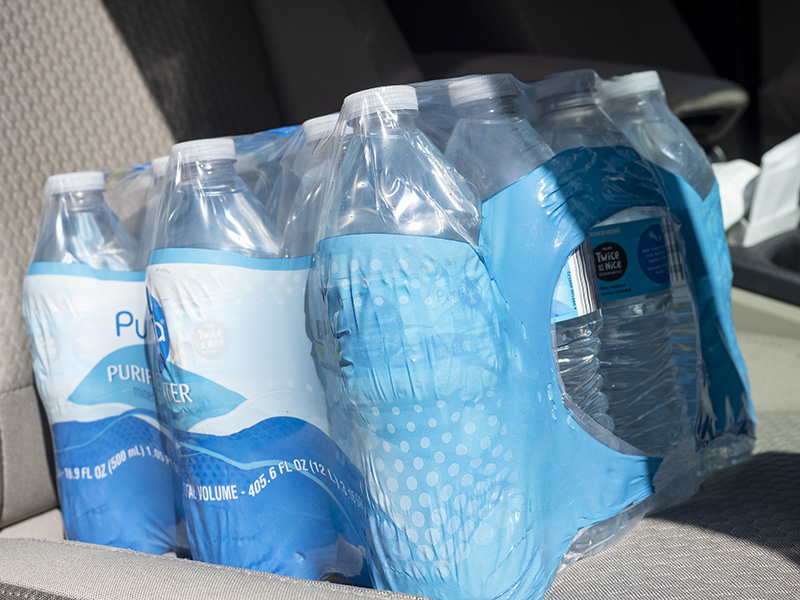Safe Water Is A Priority After A Natural Disaster
 Gaining access to clean, safe water is one of the first priorities after a natural
disaster.
Gaining access to clean, safe water is one of the first priorities after a natural
disaster.
“During a natural disaster, water supplies can be contaminated with anything from livestock waste to chemicals. Drinking this water can cause disease or sickness,” said Gina Peek, assistant director, Oklahoma State University Extension/Family Consumer Science program leader and associate dean for Extension and Engagement in the College of Education and Human Sciences.
The U.S. government’s disaster preparation website, www.ready.gov, recommends a general target of 1 gallon of water per person per day for drinking and cooking.
Commercially bottled water is the safest, most reliable source in an emergency and has an indefinite shelf life. However, clean water also may be found elsewhere in the home – ice cube trays are often overlooked. Other beverages and liquids, such as juices from canned fruits and vegetables, count, too. Reconstituted frozen juices should be avoided unless it is certain the water used was from a safe source.
Chemically treated water, such as that used in swimming pools, can be used for personal hygiene but should not be used for eating and drinking.
Families interested in storing water in bottles can use food-grade plastic or glass containers that have been thoroughly cleaned with dish soap and water, said Christi Evans, OSU assistant state Extension specialist for food safety.
“Avoid plastic jugs or cardboard containers that had milk or juice in them previously because milk protein and fruit sugars can’t be completely washed away and the risk of bacterial growth increases when water is stored in them,” Evans said. “Cardboard also leaks easily and isn’t designed for long-term storage.”
Cola bottles can be reused for that purpose, but they should be sanitized first, using 1 teaspoon of non-scented liquid household chlorine bleach per quart of water. Shake well, making sure the solution coats the entire inside of the container. Let it sit at least 30 seconds then discard the bleach water.
Once properly cleaned, fill bottles with tap water. To avoid contamination, do not allow the bottle to contact the tap and tightly close the original lid without touching the inside of the cap with your fingers. Label each container as drinking water and include the date, then store the containers in a cool, dark place.
